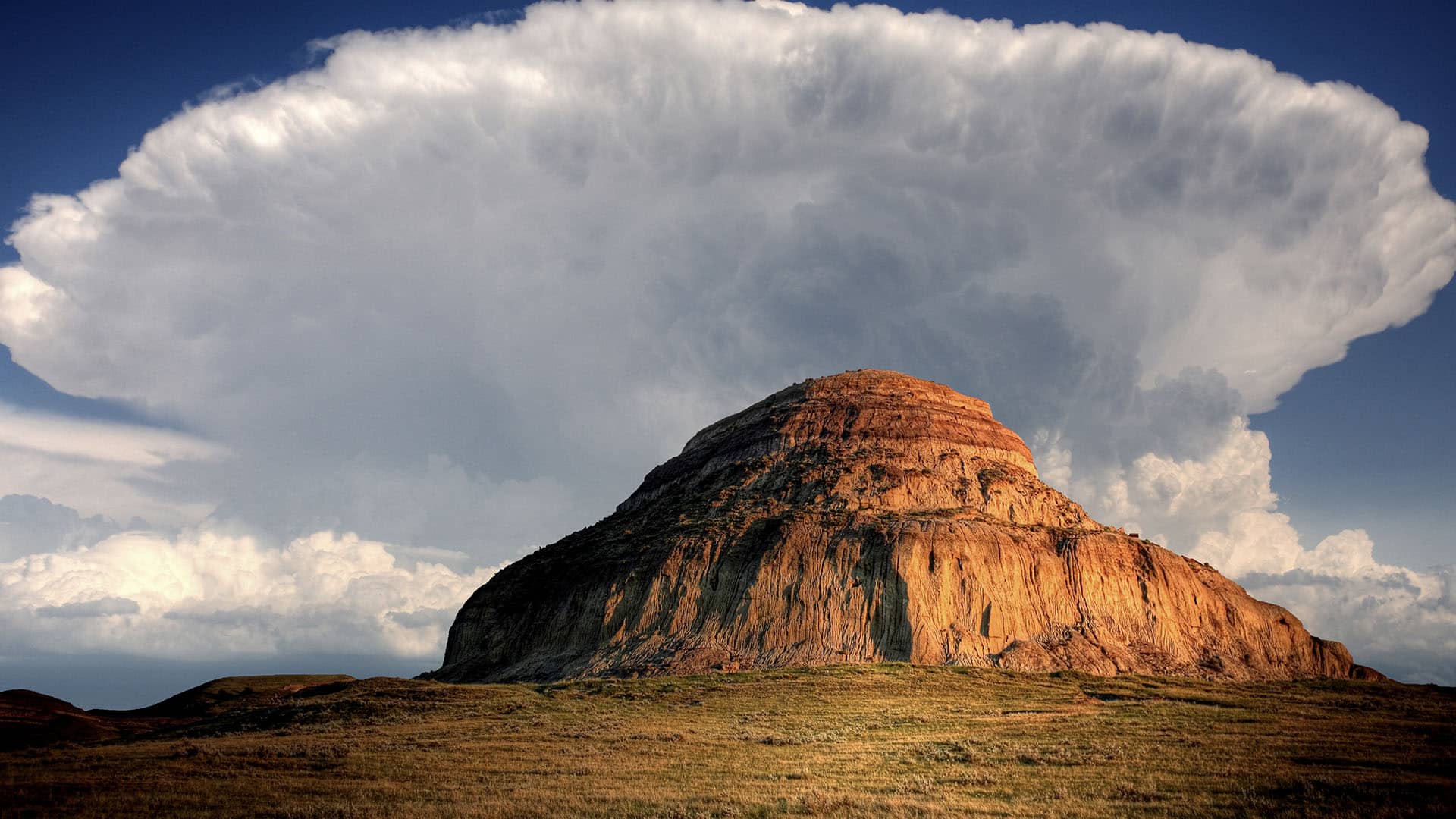SSEP research identified six resource-clusters for creating a vibrant, stable and sustainable future for the next generation. We call these our Regional Economic Pillars.
Carefully organized around our excellent location, freight advantages, abundant natural resources, geography, skilled workforce and rich regional history, these pillars form the foundation of our Economic Development Plan.
Our strategic plan aligns with our core values, vision and mission, and provides a balanced approach to our long-term social, environmental and economic sustainability. This section explores each pillar in more detail and compares their potential.
The Pillars
- Overview & Looking Forward
- Destination Tourism
- Logistics and Distribution Hub & Municipal Infrastructure
- Water for Economic Development
- ValueAdded Agriculture Processing & Resource Innovation
Water for Economic Development
Access to clean, fresh water is key to the future economic prosperity for this region. With the construction of Rafferty and Alameda Dams in 1994, major water reservoirs in the Souris River Basin are available for multiple uses including flood control, cooling water for thermal coal power generation, recreation, irrigation and residential developments.
With the Federal Program to move power generation away from coal-based power, there will be a major shift in water usage within the next few years. This transition provides an excellent opportunity to develop several new, sustainable prospects. First, building irrigation infrastructure for the region would expand the variety of forage, feed, and food crops that can be grown. Irrigation projects across other locations, such as Southern Alberta have proven to be powerful economic drivers. This shift also opens the door to large-scale, commercial greenhouse projects that could focus on year-round or seasonal vegetable, herb or tree seedling production.
Crops can be further leveraged by the addition of value-added processing which will also be possible thanks toenhanced access to water. This kind of processing could include canola crushing, food manufacturing and grain processing.
Access to clean, fresh water also allows for other industries, such as industrial manufacturing.
A change in water use also opens the door for recreational development at Rafferty Dam such as expanding the current marina, moreangling, golfing and other opportunities.





